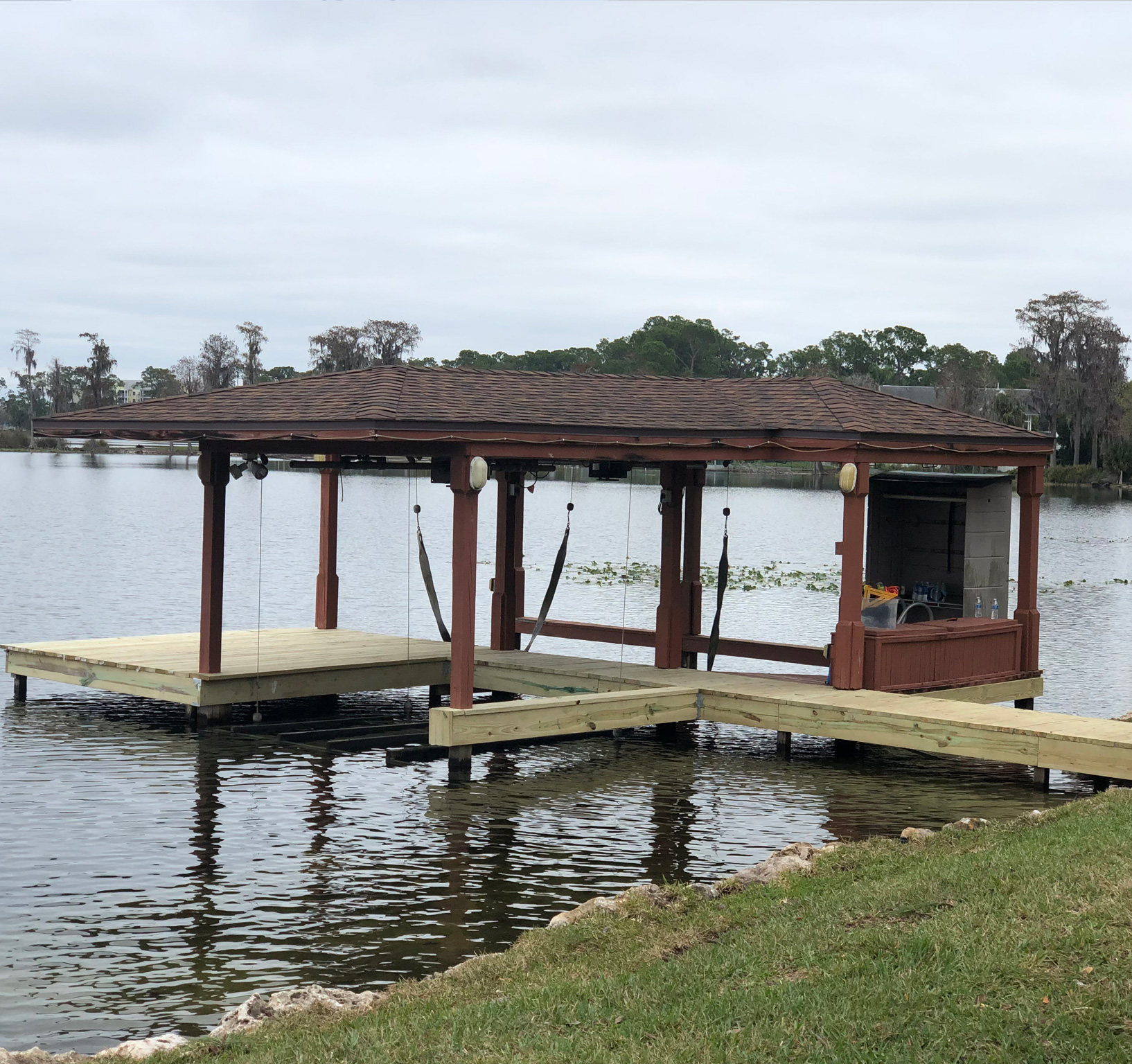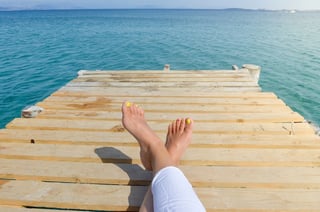Common Concerns That Cause Expensive Dock Repairs
Common Concerns That Cause Expensive Dock Repairs
Blog Article
Exactly How to Address Common Dock Repair Issues for Safe Water Tasks

Identifying Common Dock Issues
Recognizing usual dock problems is vital for maintaining the performance and safety of your beachfront residential property. Normal assessments can assist uncover issues prior to they end up being extreme, guaranteeing both the longevity of the dock and the security of those who utilize it.
One more usual issue is the deterioration of flotation tools. These devices are important for maintaining the dock resilient, and any kind of damages or leaks can trigger the dock to listing or sink. Consistently looking for leakages or water logged drifts can preempt more considerable concerns.
Furthermore, algae and barnacle build-up on the dock's surface area can develop harmful and unsafe problems. This biofouling not only presents a threat to individuals however can likewise accelerate the degeneration of the dock products.
Finally, evaluating for indications of corrosion on steel components is necessary. Corrosion can jeopardize the honesty of the dock's structure, making it unsafe. By routinely recognizing these usual dock concerns, you can guarantee that your dock remains protected and useful for many years to come.
Repairing Rotting Wood
When dealing with the problem of deteriorating timber on your dock, it is necessary to act quickly to stop further degeneration. Begin by completely inspecting the whole structure to determine all impacted areas. Use a screwdriver to penetrate the wood; if it sinks in conveniently, the timber is likely decomposed and needs immediate interest.
Be sure to cut back to healthy and balanced, strong wood, ensuring you eliminate all compromised product. After elimination, treat the staying timber with a timber chemical to protect against future rot.
Following, replace the removed sections with marine-grade lumber or pressure-treated wood, which are a lot more resistant to water damage. Safeguard the new pieces with stainless-steel or galvanized bolts to avoid corrosion. Furthermore, using a water resistant sealer to the new timber can give an extra layer of security.
Protecting Loose Boards
Just how do you guarantee your dock stays secure and functional for all its users? One crucial facet is protecting loosened boards, which can otherwise posture considerable threats. Loose boards not just boost the risk of tripping but can likewise jeopardize the architectural honesty of the entire dock.

For reinstallation, utilize galvanized or stainless steel screws, as these products provide premium resistance to deterioration in aquatic atmospheres. Ensure the have a peek here screws are long sufficient to penetrate deep right into the underlying support structure, but not as long that they extend via the dock's surface area. Pre-drilling pilot openings can help protect against the wood from splitting.
Finally, preserve a normal assessment routine to identify and resolve any type of brand-new issues promptly. By securing loosened boards effectively, you add to the overall security and long life of your dock, making it a reputable system for water activities.
Supporting Unstable Pilings
Ensuring the stability of unsteady pilings is vital to maintaining a secure and functional dock. Utilize a level to inspect for upright positioning and guarantee they are driven deep enough right into the substrate to offer ample support.
If the pilings are located to be unstable, one efficient method for support is the use of added supporting. Cross-bracing with dealt with lumber or galvanized metal can substantially improve security. Support the braces firmly to both the pilings and the dock structure to disperse lots uniformly.

Routine maintenance and routine review of the pilings' security are vital to making certain lasting dock safety and capability.
Changing Rusty Hardware
Addressing unsteady pilings is simply one element of keeping a dock's integrity; one more critical this problem is changing rusty equipment. With time, direct exposure to moisture and salt can bring about the oxidation and corrosion of brackets, screws, and screws, compromising the whole structure's safety and security. Routine assessment for corrosion is crucial, particularly after severe climate or seasonal adjustments.
When rusty equipment is determined, immediate activity is needed. Begin by picking marine-grade stainless-steel or galvanized hardware, both designed to withstand the rough marine environment. Make certain that you have the suitable devices, such as wrenches and screwdrivers, to securely eliminate the old, corroded pieces without creating additional damage to the dock.
After getting rid of the corroded hardware, thoroughly tidy the influenced areas to remove any recurring rust or debris. Apply a rust-inhibiting primer to exposed metal surfaces before mounting the new equipment. Tighten all fixtures safely to avoid future loosening, and occasionally evaluate the fittings to make sure recurring security.
Changing rustic hardware not only extends the dock's lifespan however additionally considerably boosts the safety and security of water activities. By proactively taking care of corrosion, you shield both the structure and its individuals, guaranteeing a safe and secure and enjoyable waterside experience.
Conclusion
Routine examinations and maintenance see are important to deal with typical dock fixing concerns and guarantee secure water activities. By identifying and fixing problems such as decomposing timber, loose boards, unsteady pilings, and rustic equipment, structural security and longevity can be considerably improved. The application of proper therapies and marine-grade products further strengthens the dock versus environmental stressors. Such aggressive measures contribute to the overall safety and security and performance of dock frameworks, cultivating a safe atmosphere for water-based tasks.
Making sure the safety and security of water tasks hinges substantially on the appropriate maintenance and fixing of anchors (Dock Repairs). These tools are necessary for keeping the dock buoyant, and any type of damage or slits can cause the dock to listing or sink. By regularly identifying these typical dock concerns, you can ensure that your dock remains useful and protected for years to come
Guaranteeing the stability of unstable pilings is paramount to maintaining a functional and risk-free dock.Routine assessments and maintenance are vital to address common dock repair issues and ensure safe water tasks.
Report this page